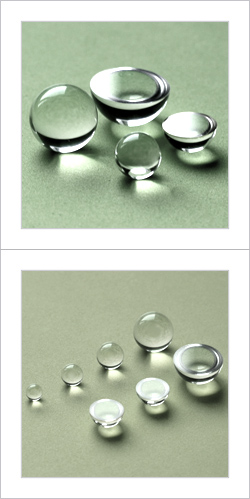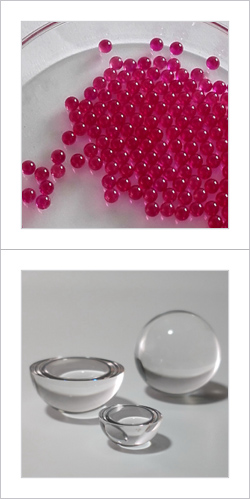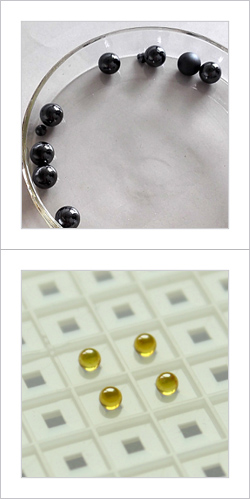Prevention and Control Techniques of Wheat Leaf Blight
Symptoms of injury; wheat leaf blight mostly occurs at the heading stage of wheat, and mainly damages the leaves and sheaths. On the initial diseased leaves, ovoid-yellowish-yellow-to-paleish-green spots develop, and then rapidly expand to form irregular yellow-white to yellow Brown large plaques generally begin to develop upward gradually from the lower leaves. In late autumn and early spring, when pathogens invade the root of the host, the lower leaves die, causing the plants to weaken and even die. Lesions on stems and ears are less visible and much smaller than those on leaf lesions. Conidia are also rare.
Morphological characteristics; conidia spherical to flat spherical, wall brown to black, micro-hole prominent. Occurs in the under-stomatal chamber under the epidermis of the host. Two kinds of size conidia are produced in the spore. Megaspores are more slender and colorless. There are 3-7 septa, with both ends rounded; the microspores have no septa, slightly curved, and are colorless.
Characteristics of the disease; In the winter wheat region, the germs grew on wheat residues or seeds over the summer, and autumn began to invade the seedlings, and the main body of the bacteria died in the diseased plants overwintering. In the spring of next year, the pathogenic bacteria contaminated and spread; in the spring wheat region, the conidia and mycelia of the pathogens overwintered on the wheat residues, and contaminating spreads after spring wheat sowing. Under the condition of low temperature and high humidity, the development of the disease is favored. There is a great difference in the resistance to leaf blight between varieties.
Control methods:
1. Select disease-free seeds and appropriate sowing in appropriate period; apply enough base fertilizer and use N, P and K together to control the population density in the field and improve the ventilation and light transmission conditions;
2. Seed treatment: Seed dressing with 0.2%-0.3% seed weight of 50% thiram WP or 33% NS wettable powder at seed weight of 0.2%.
3, wheat flowering period to filling period is the key period for the prevention of leaf blight: mu 12.25 with diniconazole WP 25-30 g or 20% triadimefon EC 100 ml water 50 kg evenly spray; with 50 % carbendazim WP 1000 times or 50% thiophanate-methyl WP 1000 times or 75% chlorothalonil wettable powder 500-600 times or 50% isoprenil wettable powder 1500 times spray. According to the conditions of the field prevention and treatment 1-2 times.
Micro Ball Lenses are commonly used to improve signal quality in fiber coupling applications, or for use in endoscopy or bar code scanning applications. Ball Lenses feature short back focal lengths to minimize the distance needed from the Ball Lens to the optical fiber.
Such as including H-K9L(N-BK7), Sapphire, CaF2, BaF2, ZnSe or custom materials upon request.




Micro Ball Lens,Micro Half Lenses,Polished Micro Lenses,Polished Micro Ball Lenses
ChangChun Worldhawk Optics Co.,Ltd , https://www.worldhawk-optics.com